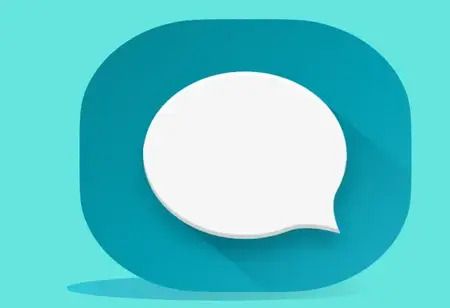
Jack Dorsey Launches Messaging App Bitchat


Jack Dorsey, the creator of Twitter, has launched a new messaging application named Bitchat, which allows users to communicate without needing internet access or mobile networks.
Developed over the weekend, the app operates solely through Bluetooth mesh networks and does not require users to provide phone numbers, email addresses, or rely on central servers.
Dorsey announced on the social media platform X, which was previously known as Twitter, that a beta version of the app is now available on Apple’s TestFlight, alongside a comprehensive white paper released on GitHub.
Describing it as a personal venture, he refers to the app as an experiment involving Bluetooth mesh networks, relays, store-and-forward methods, message encryption techniques, and other concepts.
Dorsey has consistently advocated for decentralized platforms. He also initiated Bluesky, a social media project aimed at giving users more control over their data and online experiences.
Also Read: Kelly Ortberg: The New Boeing CEO Who is Already on the Headlines
Bitchat enables users to send messages over short distances using Bluetooth, making it particularly advantageous in bustling environments such as concerts or festivals where mobile connectivity is often unreliable.
Typically, Bluetooth messaging applications operate within a range of approximately 100 meters. However, Dorsey noted that Bitchat can extend its range up to 300 meters by utilizing nearby users as relays to pass on messages.
Applications like these have proven highly effective in regions where internet access is restricted or closely monitored.
Also Read: How Tensions Grew Worse between Elon Musk and Donald Trump
For example, Bridgefy, a Bluetooth-based messaging app, gained popularity during the pro-democracy protests in Hong Kong due to its independence from the internet, making it more challenging for authorities to monitor discussions.
Both Bridgefy and Bitchat assert that they provide end-to-end encryption, ensuring that only the individuals sending and receiving the messages can access their content.